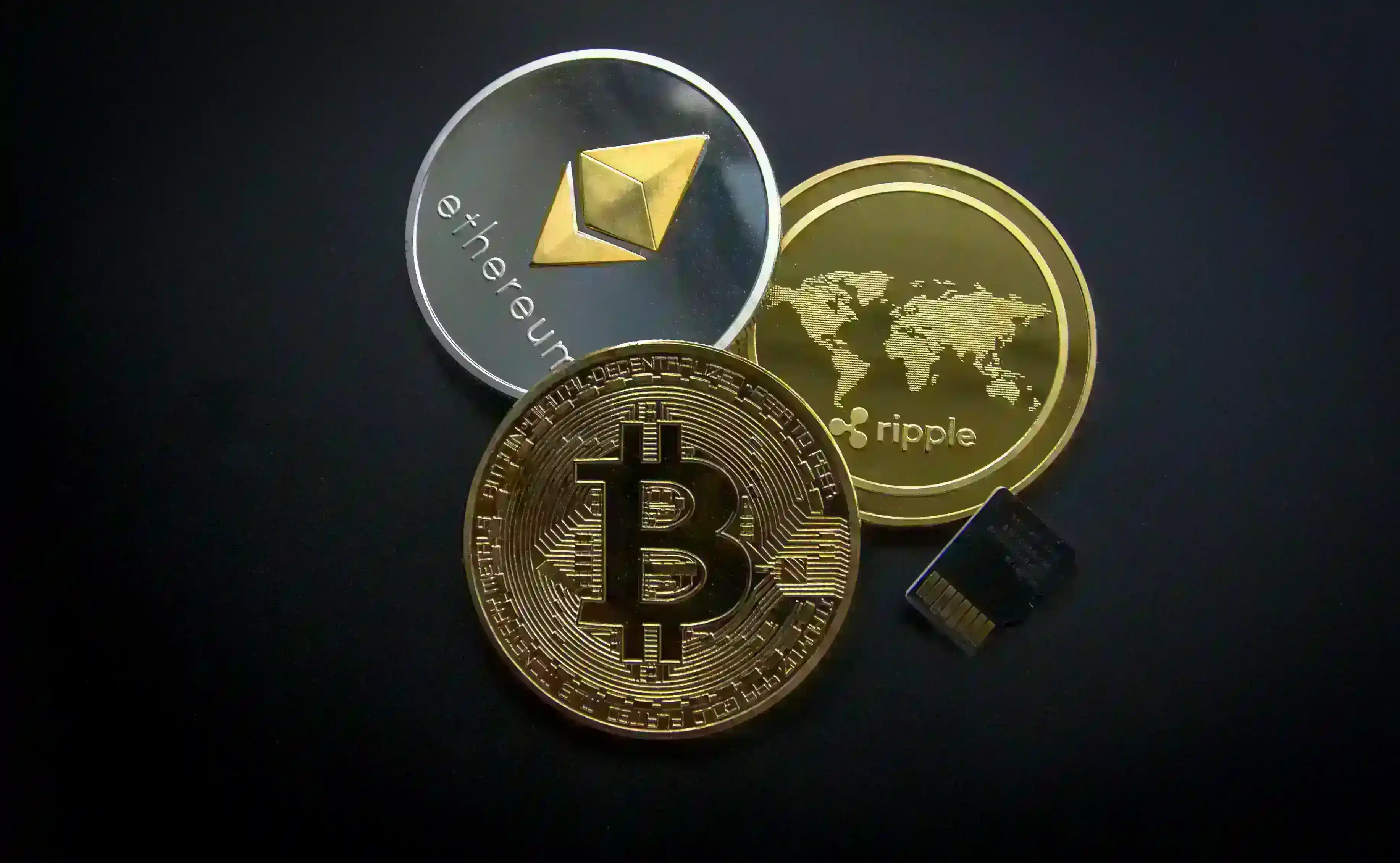What are Stablecoins and How Do They Impact Decentralized Finance

Circle is an international financial technology company dedicated to helping money move quickly and securely using USD Coin (USDC) and Euro Coin (EUROC). They strive for a financial system that is accessible 24/7, with fast processing times and minimal fees. Circle is committed to transparency and stability in their operations, working with regulatory bodies and providing detailed reports on the backing of their stablecoins. They offer a comprehensive API to enable users and businesses to manage their digital currencies, as well as a Circle account that allows developers to use their full suite of payment, treasury, and liquidity solutions.
What are stablecoins?
Stablecoins are cryptocurrencies that are designed to have their value remain consistent, rather than being subject to the volatility of the market. They are typically backed by a variety of assets such as fiat currencies, commodities, other cryptocurrencies, or algorithms. Fiat-collateralized stablecoins are backed by fiat currency reserves held by the issuer, while crypto-collateralized stablecoins are backed by other cryptocurrencies. Commodity-based stablecoins are backed by tangible assets such as gold or oil, and algorithmic stablecoins are maintained through algorithms and smart contracts that control the circulating supply. All of these types of stablecoins provide a way for traders to exchange their digital assets for traditional fiat or other crypto assets without worrying about the volatility of the market.
Role of Stablecoins in Decentralized Finance (DeFi)
Stablecoins are becoming increasingly popular in the DeFi market due to their ability to maintain a steady value, which allows investors to earn yields on their crypto assets while reducing the risk of volatility. Smart contracts and algorithms are used to peg these coins to a certain value, or they may be collateralized by fiat, commodities or other crypto assets. This makes stablecoins an essential asset for DeFi lending markets, providing users with access to basic financial services such as borrowing, lending and investing without the need for a financial intermediary such as a bank.
Use cases for Developers
With USDC, developers have several use cases to consider. Firstly, it can be used as a hedge against volatility in a DeFi setting. Secondly, pricing digital assets in USDC eliminates the need to convert cryptocurrency values to USD. Thirdly, it can be used for remittances without needing a bank account. Fourthly, USDC can be used for global crowdfunding. Lastly, USDC can be used for blockchain interconnection through a mint-and-burn mechanism facilitated by bridging contracts.
In addition to the use cases already mentioned, USDC has the potential to revolutionize the concept of peer-to-peer (P2P) payments. By utilizing USDC, users can send money directly to each other without the need for a third-party intermediary. This could potentially reduce the cost and time associated with traditional payments, while also providing a more secure and transparent alternative. Additionally, USDC could enable the development of decentralized applications (DApps) that rely on smart contracts and decentralized ledgers for their operations. This could enable new and innovative ways of conducting financial transactions, such as automated loans and investments. USDC also has the potential to be used for international payments and cross-border transfers, providing a more efficient and cost-effective way to move money around the world.
Conclusion
In conclusion, USDC and Euro Coin (EUROC) are important stablecoins that can be used to reduce the risk of volatility and enable access to basic financial services without the need for a financial intermediary. Developers have several use cases for USDC, including hedging against volatility, remittances, global crowdfunding, and blockchain interconnection. USDC also has the potential to revolutionize P2P payments, enable the development of DApps, and facilitate international payments and cross-border transfers. As the DeFi market continues to grow, USDC and other stablecoins will become increasingly important in providing stability and security to users.
Related Posts
- What is a blockchain address?
- Simple Blockchain data indexing with TrueBlocks
- Ethereum Security Data Collection Ideas
- Panel data with python – An easy introduction
- Advanced Realized Volatility and Quarticity
- Machine Learning with Simple Sklearn Ensemble
- How to illustrate log returns vs simple returns
- A How to EfficientNet Classification
- Cross-sectional data – An easy introduction
- Unlock the Power of Decentralization with PinSave